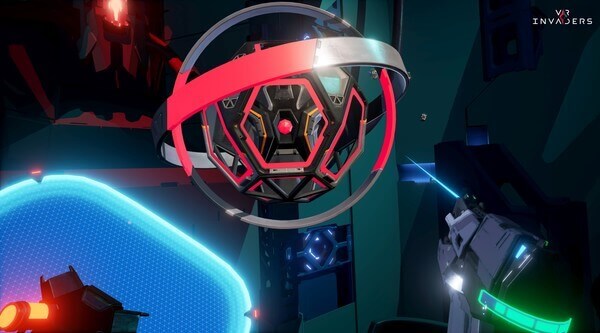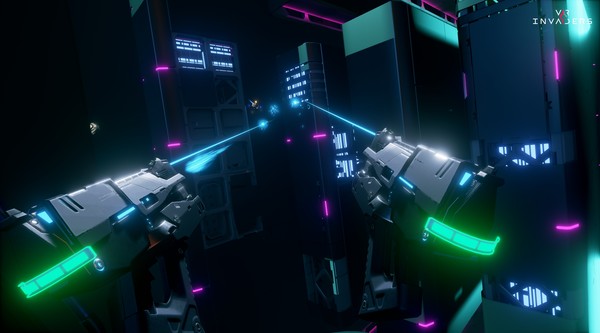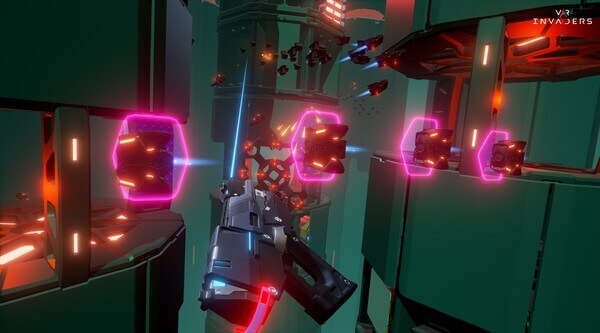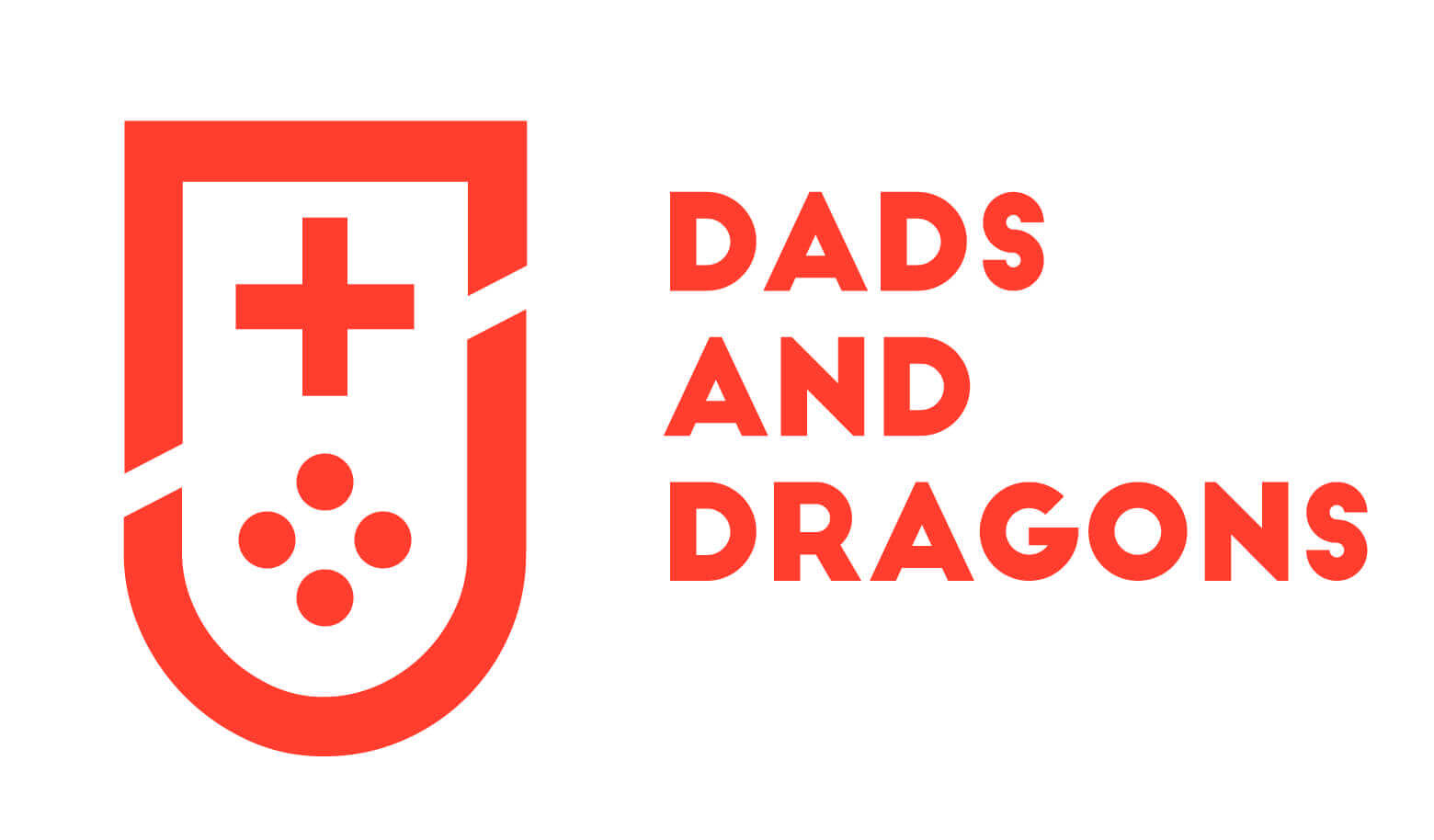This is not the thirteenth floor. There is no spoon here.
The year: 2046. Also known as…The Future. You are Thomas Hall a brash, easy-talkin’, gunslingin’ diver. Only you don’t dive in water, you dive into neural networks to retrieve people who get lost in this needlessly dangerous technology. Like in the Matrix, you no longer enter the virtual world with a pair of dorky goggles and some plastic controllers, instead you jack your brain directly into the machine by allowing the tech to directly interface with your most vital of organs, your noodle. Also know as, brain.

I’m pretty sure that’s the idea behind the tech that I, or rather, Thomas Hall is using in this game. The story is told entirely in voice over, either in pre-game static screens, or during gameplay so I never actually get to see how it works, but I was able to glean as much as I did from the banter between Thomas and Ness, his superior who talks him through his missions from the safety of the real world.
Initially you are sent into the system to retrieve a celebrity designer of virtual worlds named Alice who seems to have gotten herself stuck in the world builder and it’s your job to get her out. I’m not really sure what this normally looks like, but Thomas seems to indicate that being given a gun and shield and blasting bots is not the usual course of action for a diver. The bots, it turns out, are the systems security and you have to take it out before Ness can get you or Alice out of the simulation.
As the story develops you learn that Alice isn’t the only person who has gotten trapped and it looks like there might be something more going on than you initially thought. I don’t want to tell any more about the story because I know that some folks really hate spoilers and the threshold for what constitutes a spoiler can be all over the place, in fact I may have crossed it already for some. If so, sorry. The story isn’t amazing anyway. It’s very much there just to give context to what you are doing and why. Some of the writing is pretty bad, or at least I think it is anyway. I feel like the writing for Thomas was aimed at being similar to Nathan Drake from Uncharted, but it didn’t make it there. He tries to be nonchalant and that is exactly how it comes across, as trying to be, instead of just being. Ness is very much the 90’s movie stern business woman, but don’t call her Nessi. She hates that. The voice acting is, for the most part, good. There were times when it was pretty cringe-worthy, but that had more to do with the writing than the acting itself.
But who cares about the writing and the voice acting? As I said, it’s set dressing. The gameplay has nothing to do with it. So then, how does the game play? Actually, really well.

Two games came to mind when I started playing VR Invaders; Eve: Gunjack and and Galga. If you were reading my stuff back on VR Giant then you probably know that I wasn’t a super huge fan of Gunjack, but that wasn’t because of the style of game, it was due to some decisions they made such as tying the turret to your head which removed the ability to look around your cockpit and pretty much destroyed immersion. That’s not the case here though. First all, you aren’t in a turret. You are standing on a platform high above the virtual floor, or in some cases, abyss. You are free to look everywhere and move about your play space and, of course, your gun and shield are controlled by the Touch controllers and not by your face.
The bots that you are shooting fly out of nodes on the wall and they loop around the stage in a defined pattern, similar to how the ships fly in Gunjack or Galga. The patterns don’t seem quite as rigid here as in those games, but they are definitely there. As you would expect, they become more erratic as the levels progress and at times things seem to get almost out of control with bots everywhere at once. It’s at these times that you become painfully aware of the lack of peripheral vision when using a VR headset. 3D spatial audio helps, as does an ability to slow down time when you pull the trigger on the left Touch controller, but these things can’t help with the annoyance of knowing that you are suffering from tunnel vision. I can’t hold that against the game though. That is just an unfortunate reality of this early tech. It just happens to be something that I couldn’t help noticing while playing.
Some of the enemies that you destroy drop power-ups that give you new guns for a set number of shots, increase your health or grant you invincibility. Your standard weapon is a pulse weapon of some sort. It shoots relatively quickly on auto fire and does decent damage. It is by no means a bad weapon, but it’s the least good. Some of the others that you can pick up are shotgun, which fires slowly, but several bullets at once; rapid fire, which does exactly what you would think; and plasma, which is slower, but powerful and has splash damage. There are others as well, but I’ll leave you to play the game and find out what they are.Normally you have a shield in your left hand and a gun in your right, but when you get the invincibility power-up there is no need for a shield so it changes to another gun of the same type that is currently in your right hand. Being invincible is a nice break in the tension of the gameplay. You don’t have to focus on who your shooting and blocking bullets at the same time. You just become this dual-wielding, baddie-bot-blasting badass.
VR Invaders manages to stay fresh by constantly changing the types of bots that appear. Some have pink shielding which protects them from one shot before being destroyed and allowing you to hit the bot directly. Others look a bit like Tie Fighters from Star Wars, the wings being blue shields that you can’t destroy, so you have to shoot around them. Some have weak spots that need to be attacked and others just take several shots. Each stage lasts around five or ten minutes before ending with a boss fight. Each boss is different and requires different skills to defeat. One boss even shoots laser beams that are quite painful if they hit you and you have to physically duck or step to the side in real life to avoid them. While fighting the bosses you still have to keep your eye on the bots. Though they decrease in number, they are still there and if you become too focused on the boss you will get hurt.

When I completed VR Invaders it was on the easiest difficulty. It took me about an hour and a half to play through the entire game. If you are the sort who plays on the hardest difficulty I suspect this game will last you longer. Maybe a lot longer. On the easiest difficulty you can take a lot of hits before you die and health packs are dropped pretty regularly. On hard you can barely take any hits. In fact, you can take so few that I can’t imagine the game being beatable on the hard difficulty unless you are some sort of super soldier, ninja-flipping around your your play space. I couldn’t even beat the first level. But if you do and you want more gameplay, there is always survival mode.
People will want to know, is it worth the money? That’s going to depend a lot on you. It’s not an expensive game and it’s well made. True, the writing could have been better, but the story is so incidental to the game that you can actually turn it off and just play the stages. If you play with the story on, the game ends on a cliff-hanger so perhaps there is more content coming. For replay, after you’ve completed all of the stages there is survival mode which is an endless wave shooter. If high scores and game mastery are your thing then maybe this is a great game for you. On the other hand, if you are the sort who wants a deep story with character development and tons of replay-ability, VR Invaders is not the game you’ve been waiting for.
To sum up, VR Invaders is a Galga-like game that is well made, but is a bit short and doesn’t have the best writing. It seems the developers were more interested in how the game is played than in developing the story as they allow you to turn off the story altogether and just play the game. There are enough bot types and bosses to keep the game from feeling stale, but that may not have been the case if it were very much longer. The difficulty levels are exactly what they say they are. On easy you’ll barely break a sweat. On hard, you will die. Probably a lot.
- Comfort Level 100%
- Graphics 85%
- Sound 85%
- Difficulty on Easy 30%
- Difficulty on Hard 90%
- Fun Factor 70%
- Overall 75%


Recent Comments